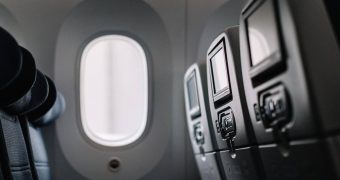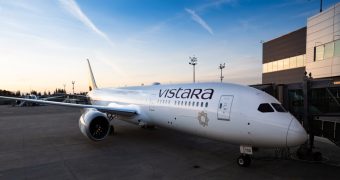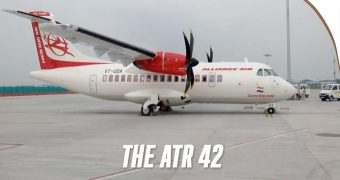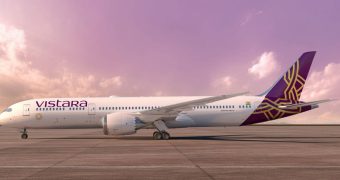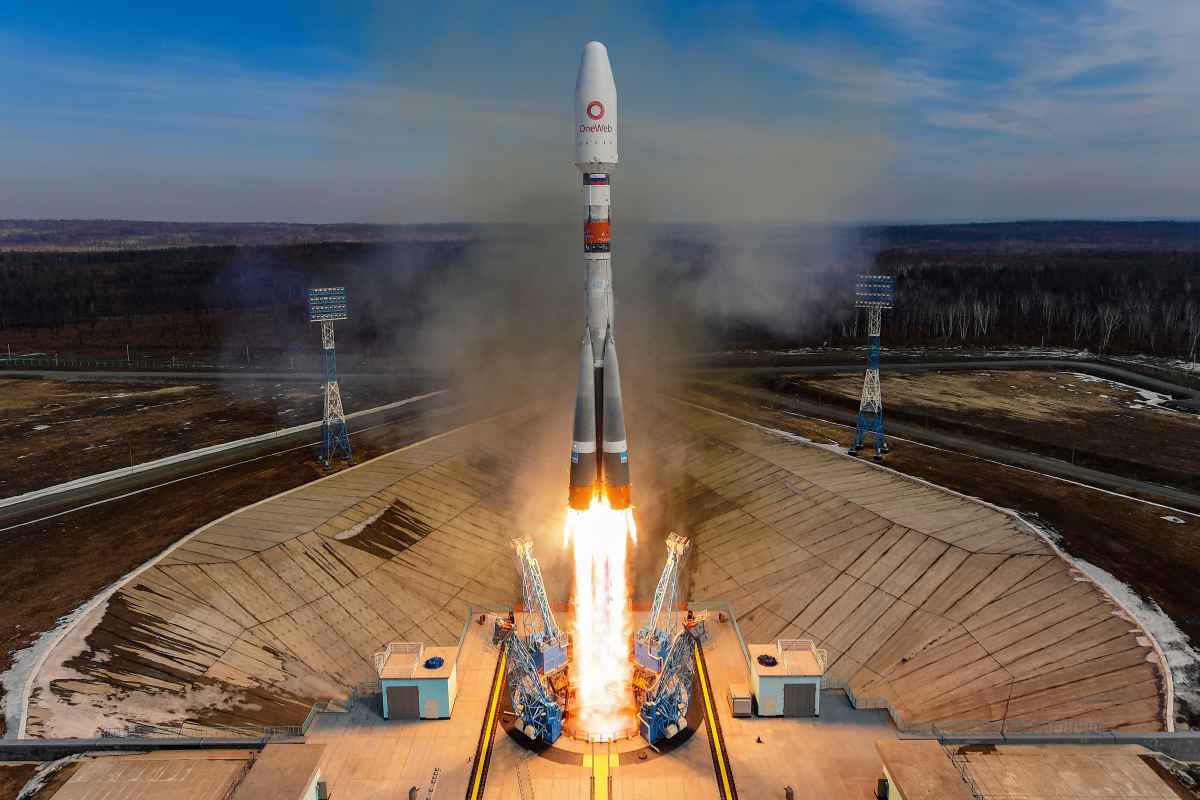
Spirit Airlines, based in Florida, has recorded a net loss of US$194.7 million for the first quarter of the year, despite robust demand and rising revenue. This compares to a loss of $245.9 million in the first quarter of 2021 and a profit of $57.5 million in the same period in 2020.
Spirit Airlines says it's better to compare its present financial and operational performance to the first quarter of 2019, indicating domestic aviation in the United States is normalising. Because of the impact of the COVID-19 on Spirit's financial results and operational performance in that year, they believe that comparisons to Q1 2021 are more appropriate.
Spirit's capacity, or available seat miles, increased 19.2 % in Q1 2022 compared to Q1 2019. Last quarter's average passenger loads were 77.2 %, down 5.5 % from the same quarter in 2019. As of March 31, 2022, Spirit had 176 planes, up from 133 planes on March 31, 2019. However, those 176 planes flew for 11.5 % less time than the 133 planes that flew in 2019. The average flight duration grew from 1,029 miles in the first quarter of 2019 to 1,048 miles in the first quarter of 2022.
When compared to the same quarter in 2019, operating expenses increased by 53.5 % to $1.18 billion. Increased flight volumes, upward pressure on labour rates, and rising fuel prices, according to Spirit's CEO. Spirit claims that labour costs are continuing to rise. Spirit has given several incentive compensation plans to retain sufficient staffing to reduce flight cancellations, adding to extra wage pressures, because the airline is short-staffed. Fuel was also putting a strain on day-to-day running expenditures. In the first quarter of 2022, Spirit's fuel price per gallon increased by 41.1 % over the same time in 2019.







